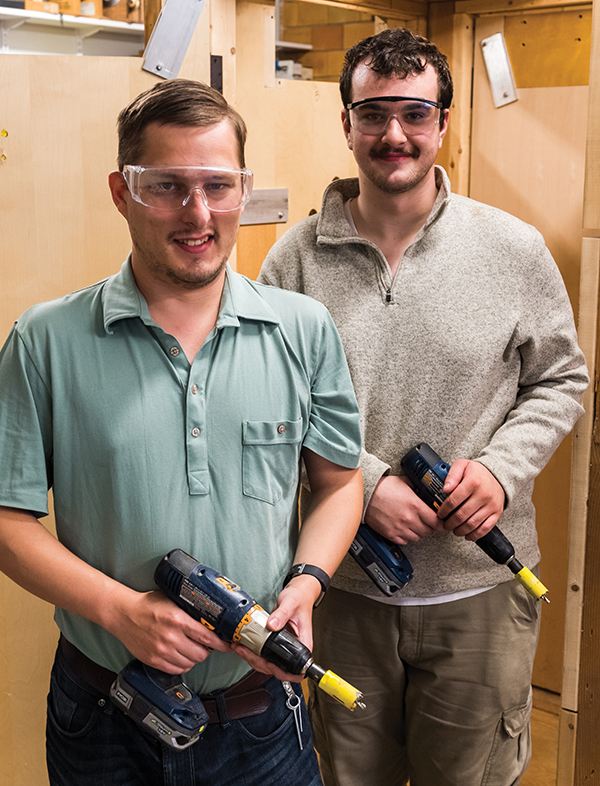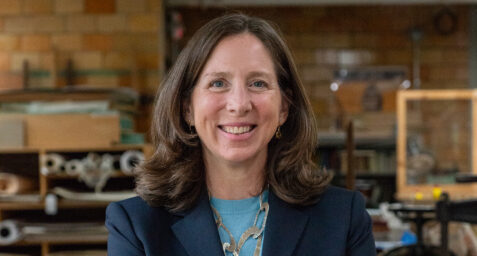Identifying the Skills to Succeed

Categories
Locksmithing & Security TechnologyAssessing prospective students for any advanced learning program can be challenging, especially if that program requires an intimate understanding of complex processes or esoteric knowledge that isn’t easily measurable.
Barb Baker LK ’04, Locksmithing & Security Technology Department Head, understands this dilemma all too well. After meetings with prospective students over several years, and multiple conversations with the School’s Director of Admissions, she developed a unique skills test that helps qualify candidates for the program.
“This isn’t a test that’s graded and goes on their record. This is way for me as an instructor to observe the prospective student, and for them to get a feel for what they will actually be doing as a locksmith.” says Baker. “Rob O’Dwyer and the Admissions team already do an excellent job of assessing candidates. This test additionally allows for observation during specific mechanical manipulation tasks.”
Almost every applicant to the Locksmithing & Security Technology program has a backstory about how they’ve spent time in their lives taking things apart and putting them back together. “It’s just part of what makes them tick,” says Barb. “I believe that but I also want to see it.”
The skills test (aptly nicknamed the “Lockstacle Course,” by Barb’s daughter) has evolved over time. It started two years ago as a challenge to disassemble and reassemble a mechanical pen while being observed. Today, prospective students are faced with several challenges that may include: engaging a combination square, explaining in detail how a filing cabinet key operates the lock/unlock functions, or re-handing an assembly on a door, among others.
The process is simple: Barb lays out an array of tools and offers no information or suggestions about how applicants can reach their goal.
Throughout, she is assessing them based on four categories: engagement, theorizing/troubleshooting, spatial awareness, and manual or body dexterity. Barb explains:
Engagement is how the candidate approaches the hardware. How thoroughly do they work with this system? Did they turn the object around and look at it from all angles? Do they try to manipulate it and learn how everything works?
Theorizing and troubleshooting relate to how well someone develops and modifies a theory—based on testing, outcome, potential new approach, and effectiveness of chosen tool.
Spatial awareness is so important because most of the activities conducted in this department happen in three-dimensional space. We need to know if they have an innate feel for three-dimensional systems.This also ties into manual or body dexterity, showing me how a person orients their hands and body in space.
Barb knows that applicants taking her “Lockstacle Course” have already been vetted by the Admissions team. But this experience uncovers a final, hard-to-measure factor: whether or not a prospective student will truly enjoy the work they’ll be doing.
“The test lets me see if the candidate makes adjustments, and if they delight in the experience,” says Barb. “I’m always watching to see if the work appeals to them. As they get farther into the skills test, do they seem to like it even more? That’s very defining for me, and for them, too.”
This article is from our 2018 Annual Report. See all the stories here, or download a pdf of the entire report.




